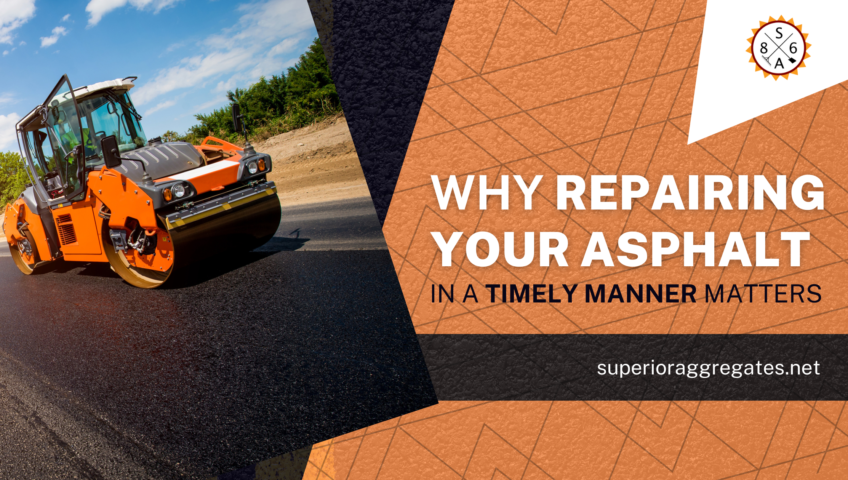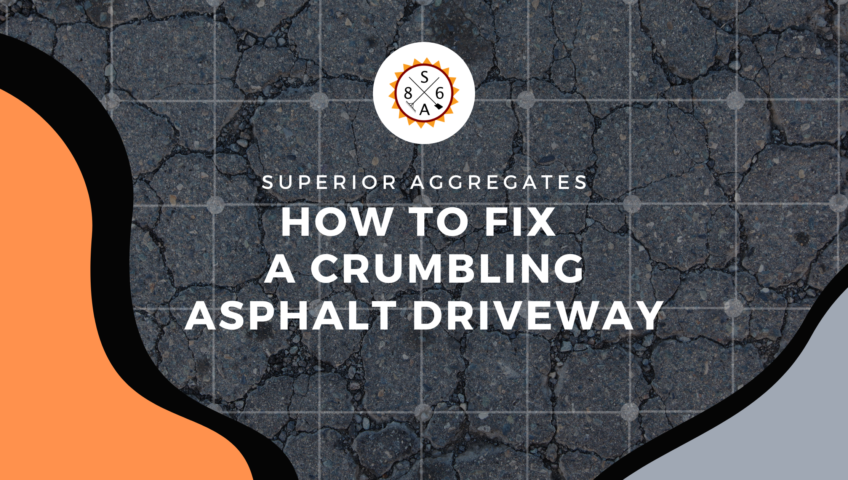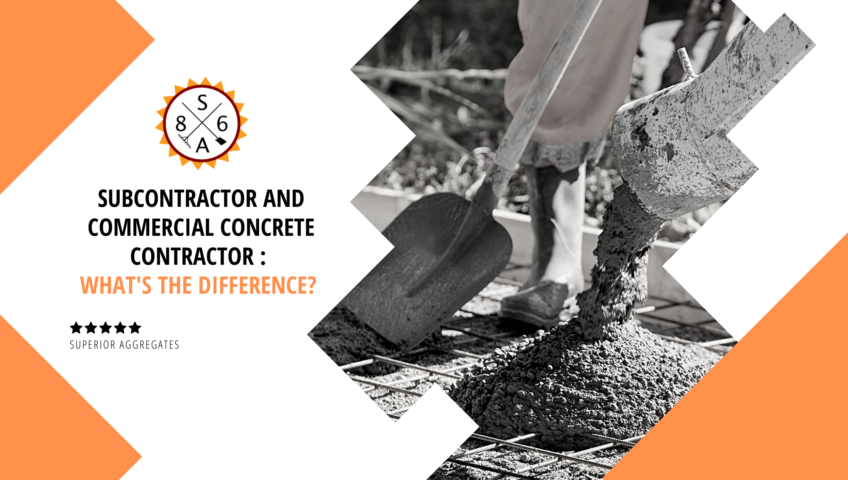
The Importance of Parking Lot Safety Devices
Proper Lighting Can Greatly Increase The Safety of A Parking Lot
There are many features that you can include to improve parking lot safety. One of these features is proper lighting. Proper lighting makes a parking lot safer for both pedestrians and drivers. With proper lighting, pedestrians can navigate the parking lot much more safely and ensure that they make it back to their car without any problems. Proper lighting also makes pedestrians more visible so that cars can more easily avoid them.
As stated previously, lights make pedestrians more visible and this makes it easier for drivers to drive safely. However, drivers can also avoid getting into accidents with each other if the parking lot includes proper lighting. This is an essential part of any safe parking lot.
Crosswalks Make Parking Lots Safer
Crosswalks are another crucial safety feature that all parking lots should include, as well. Crosswalks make it very clear where pedestrians are supposed to walk, meaning that it is much easier for them to walk through the parking lot safely. Drivers are also safer due to crosswalks, as well.
If you see a crosswalk, you know that people are going to walk through it and you can drive more slowly to accommodate the pedestrians. Additionally, crosswalks make it easier for drivers to notice people crossing the street and, therefore, improve both driver and pedestrian safety. Whoever is building the parking lot will talk to their concrete contractors to see what the legal requirements for crosswalks in a parking lot are in that area.
Bollards Improve The Safety of Parking Lots
Bollards are another feature that makes parking lots safer. To start off, a bollard is a post that is vertical and short and it is made to control the flow of road traffic. Bollards are created to be able to withstand a significant impact from a vehicle and another use of a bollard is as a visual barrier. You will often see bollards in front of the entrance to a building.
This makes sure that a car cannot ram into the building and cause damage. It also ensures that people can access the building by preventing such damage to the entrance. Bollards definitely make parking lots safer.
Speed Humps and Bumps Add to the Safety of Parking Lots
It is also important to ensure that drivers are not going too fast in parking lots. This is because excessive speed in parking lots can prove dangerous both to other drivers and to pedestrians, as well. Speed humps and bumps help regulate the speeds of automobiles driving through the parking lot. You can find speed humps and bumps in a number of different materials. Yellow bumps in the road are one type of speed bump that you will often see in many parking lots.
Parking Curbs and Parking Stops Increase Your Safety in A Parking Lot
A parking stop is a common feature of parking lots. It helps ensure that a driver does not pull in too far into a parking spot. You will see these at the top of parking spots in a parking lot. Parking stops or parking curbs also make sure that you don’t run off the pavement into some kind of road hazard. Parking stops are often painted yellow or white so that they are extremely visible for added safety.
Pavement Markings Are Another Critical Safety Device in a Parking Lot
Parking lots have many different types of pavement markings. You may not even notice some of them because they are so common. Turn arrows, one-way designations, stop lines, and crosswalks are all types of pavement markings. Another common type of pavement marking is a handicapped space designator. The company creating the parking lot will consult with their concrete contractors to see which type of pavement markings they are legally required to have. In any case, pavement markings make parking lots safer for both drivers and pedestrians alike.
Proper Lighting Can Greatly Increase The Safety of A Parking Lot
There are many features that you can include to improve parking lot safety. One of these features is proper lighting. Proper lighting makes a parking lot safer for both pedestrians and drivers. With proper lighting, pedestrians can navigate the parking lot much more safely and ensure that they make it back to their car without any problems. Proper lighting also makes pedestrians more visible so that cars can more easily avoid them.
As stated previously, lights make pedestrians more visible and this makes it easier for drivers to drive safely. However, drivers can also avoid getting into accidents with each other if the parking lot includes proper lighting. This is an essential part of any safe parking lot.
Crosswalks Make Parking Lots Safer
Crosswalks are another crucial safety feature that all parking lots should include, as well. Crosswalks make it very clear where pedestrians are supposed to walk, meaning that it is much easier for them to walk through the parking lot safely. Drivers are also safer due to crosswalks, as well.
If you see a crosswalk, you know that people are going to walk through it and you can drive more slowly to accommodate the pedestrians. Additionally, crosswalks make it easier for drivers to notice people crossing the street and, therefore, improve both driver and pedestrian safety. Whoever is building the parking lot will talk to their concrete contractors to see what the legal requirements for crosswalks in a parking lot are in that area.
Bollards Improve The Safety of Parking Lots
Bollards are another feature that makes parking lots safer. To start off, a bollard is a post that is vertical and short and it is made to control the flow of road traffic. Bollards are created to be able to withstand a significant impact from a vehicle and another use of a bollard is as a visual barrier. You will often see bollards in front of the entrance to a building.
This makes sure that a car cannot ram into the building and cause damage. It also ensures that people can access the building by preventing such damage to the entrance. Bollards definitely make parking lots safer.
Speed Humps and Bumps Add to the Safety of Parking Lots
It is also important to ensure that drivers are not going too fast in parking lots. This is because excessive speed in parking lots can prove dangerous both to other drivers and to pedestrians, as well. Speed humps and bumps help regulate the speeds of automobiles driving through the parking lot. You can find speed humps and bumps in a number of different materials. Yellow bumps in the road are one type of speed bump that you will often see in many parking lots.
Parking Curbs and Parking Stops Increase Your Safety in A Parking Lot
A parking stop is a common feature of parking lots. It helps ensure that a driver does not pull in too far into a parking spot. You will see these at the top of parking spots in a parking lot. Parking stops or parking curbs also make sure that you don’t run off the pavement into some kind of road hazard. Parking stops are often painted yellow or white so that they are extremely visible for added safety.
Pavement Markings Are Another Critical Safety Device in a Parking Lot
Parking lots have many different types of pavement markings. You may not even notice some of them because they are so common. Turn arrows, one-way designations, stop lines, and crosswalks are all types of pavement markings. Another common type of pavement marking is a handicapped space designator. The company creating the parking lot will consult with their concrete contractors to see which type of pavement markings they are legally required to have. In any case, pavement markings make parking lots safer for both drivers and pedestrians alike.




